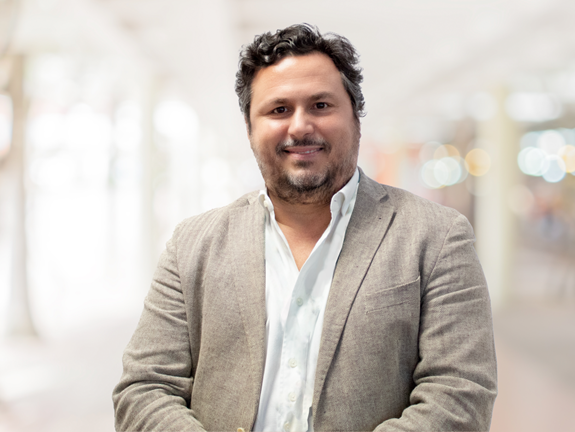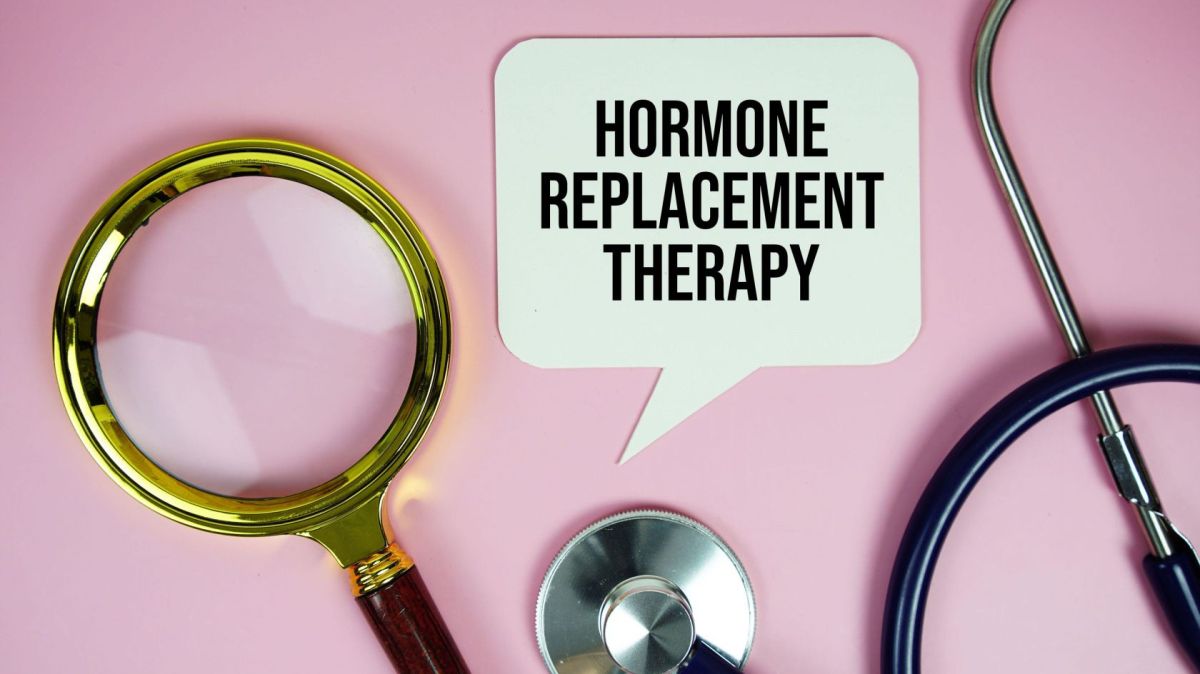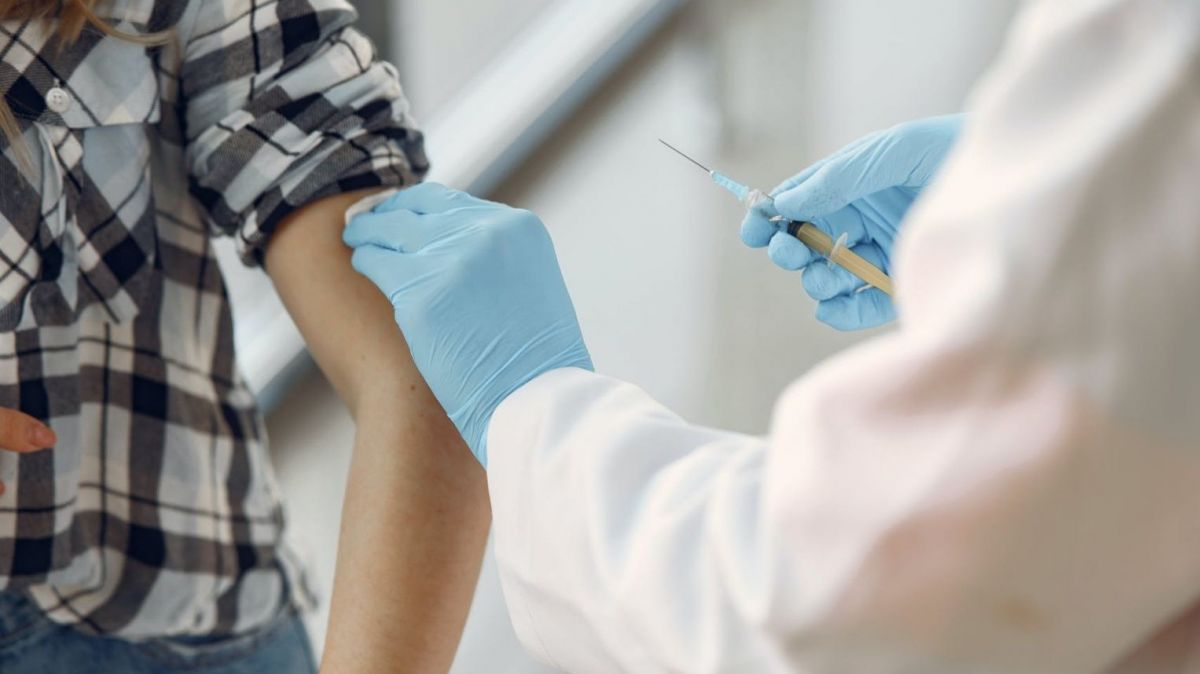For healthcare institutions, it's impossible to go through the month of October—Pink October—without discussing breast cancer, particularly in terms of literacy in its prevention.
Breast cancer is one of the most common types of cancer in the world, primarily affecting women, but also affecting men. The good news is that, thanks to advances in medicine, we now have various forms of prevention, screening, and treatment available, which significantly increase the chances of a cure and improve the quality of life of those diagnosed with the disease.
Prevention: A Healthy Lifestyle Makes a Difference
Although not all cases of breast cancer can be prevented, adopting a healthy lifestyle can significantly reduce the risk of developing the disease. Some preventive measures include:
- Maintaining a healthy weight: Excess body fat, especially after menopause, is associated with a higher risk of breast cancer.
- Regular physical activity: At least 150 minutes per week of moderate activity or 75 minutes of vigorous activity helps prevent cancer.
- Balanced diet: A diet rich in fruits, vegetables, and fibre and low in ultra-processed foods contributes to overall health and reduces the risk of cancer.
- Avoid excessive alcohol consumption: Alcohol is a known risk factor. Even in small amounts, frequent consumption can increase the risk.
- Not smoking: Smoking is linked to several types of cancer, including breast cancer.
- Additionally, it is important to be aware of family history. Women with a family history of breast cancer, especially first-degree relatives (such as a mother or sister), should undergo genetic testing or have more frequent follow-up.

Screening: Early Detection Saves Lives
Breast cancer screening aims to identify the disease at an early stage, even before any symptoms appear. Early detection is crucial, as it allows treatment to begin quickly, significantly increasing the chances of a cure.
The main screening tool is mammography, an imaging test that can identify suspicious changes in the breasts, often before they are palpable. Recommendations may vary slightly between countries, but in general:
- Women between the ages of 50 and 69 should have a mammogram every two years.
- Women at higher risk, due to genetic factors or family history, may need to start screening earlier and with additional tests, such as breast ultrasound or MRI.
- The Liga Portuguesa Contra o Cancro tours the Algarve offering this exam every two years to all women between the ages of 50 and 69, inviting them by letter. Inquire at your Health Center and participate.
It is also essential that every woman knows how to perform a breast self-exam. Although it does not replace medical examinations, it helps develop an understanding of what is normal and identify changes such as lumps, skin or nipple changes, oedema, or secretions.
In the Algarve, we have highly effective tests for the early detection of minimal lesions, such as 3D Tomosynthesis, image-guided micro biopsy, or image-guided fine-needle aspiration cytology.
Therapeutic Possibilities: Personalized Treatments and Continuous Advances
Breast cancer treatment is increasingly personalized, taking into account the specific type of tumour, the stage of the disease, the age, and the individual's health conditions. The main treatment modalities include:
1. Surgery
Surgery is often the first step in treatment and can range from:
- Breast-sparing surgery: removal of only the tumour and a margin of surrounding tissue.
- Mastectomy: complete removal of the breast. In some cases, immediate or subsequent breast reconstruction may be considered. This surgical approach can also be used to immediately perform the first stereotactic radiotherapy session.
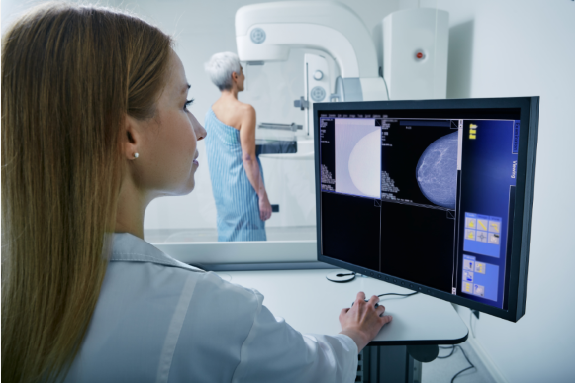
2. Radiotherapy
Mainly used after surgery, radiotherapy aims to eliminate remaining cancer cells, reducing the risk of recurrence.
3. Chemotherapy
Consists of the use of drugs that destroy cancer cells. It can be administered before surgery (neoadjuvant) to reduce tumour size or afterward (adjuvant) to prevent the disease from spreading.
4. Hormone Therapy
Indicated when the tumour is sensitive to hormones (such as oestrogen or progesterone). It works by blocking or reducing hormone levels in the body, preventing tumour growth.
5. Targeted Therapies and Immunotherapy
These newer therapies attack specific characteristics of cancer cells or stimulate the immune system to fight them. One example is the use of drugs against HER2-positive tumours, which have more aggressive growth but respond well to this type of treatment.
The Impact of Diagnosis and the Importance of Support
Receiving a breast cancer diagnosis is a challenging time, bringing fear, doubts, and profound changes in the life of those affected. Therefore, psychological, family, and social support are essential throughout the process.
Support groups, psychotherapy, mental health professionals, and contact with others who have been through the same experience can be very helpful in coping with the diagnosis and treatments.
Furthermore, it is important to remember that advances in medicine are making breast cancer, in many cases, a treatable and controllable disease, with increasingly higher survival rates. In the Algarve, the quality of breast cancer screening and treatment is high, including both public and private hospitals. Specialized units offer innovative treatments, and distinguished professionals work interdisciplinarity, providing patients and their families with personalized and effective approaches.
Taking care of your health is an act of self-love. Maintaining a healthy lifestyle, undergoing recommended tests, and seeking medical advice at the slightest sign of change can make all the difference. Discussing breast cancer with clear, taboo-free information is essential to saving lives.
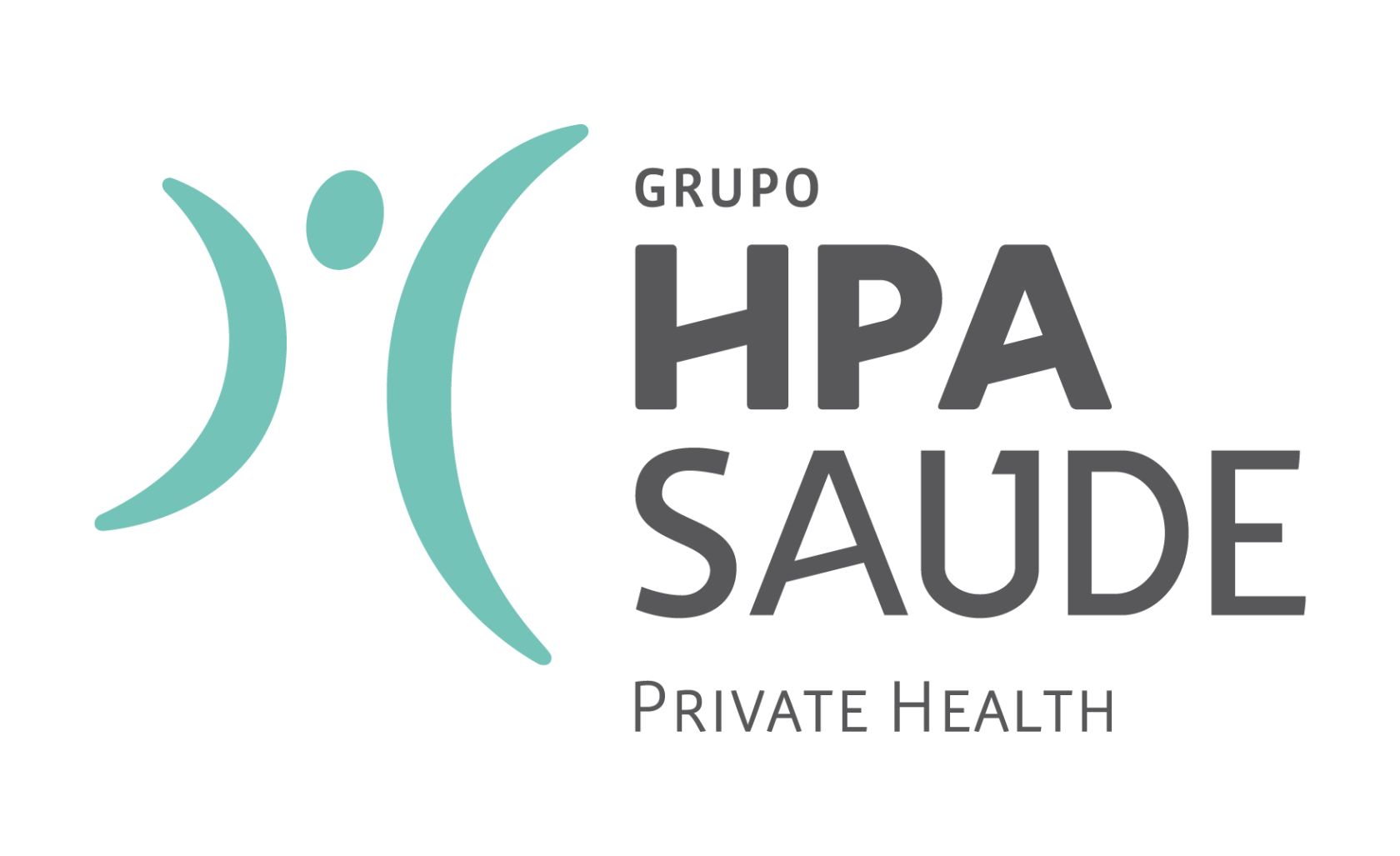
For more information, please contact Algarve Biomedical Center on (+351) 289 800 065.

